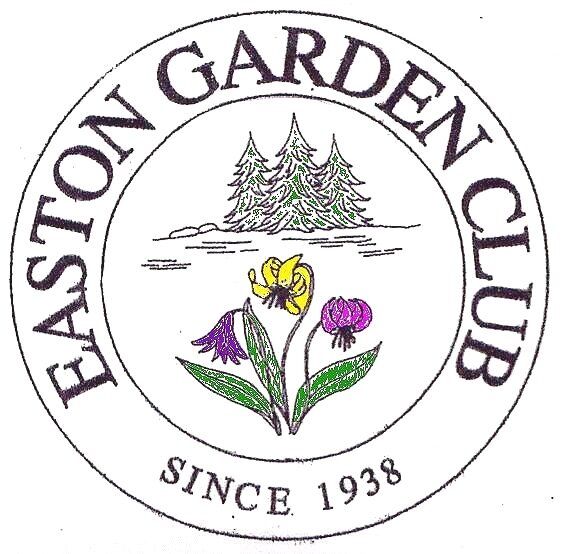Soil Testing Results: Bradley-Hubbell House Garden
Is too much of a good thing wonderful? So said Mae West. Does this include gardens? Read on. I
f you haven’t been to the Bradley Hubbell Garden on Route 58, do yourself a favor and stop by, to see what the dedication of a loyal group of our club’s members can produce. According to the Easton Historical Society, this beautiful garden was designed and planted based on photographs and interviews with Patricia Hubbell who grew up in the house.
As long-time coordinator of the Tuesday morning maintenance team, Abby LePage sent soil samples from the garden to the UConn soil testing lab. The results were thorough and interesting. These reports, however, produce a bewildering array of measurements of elements we haven’t encountered since we left behind the Periodic Table in Chemistry 101. Yet, understanding the importance of their presence, and their interdependence is essential to helping plants grow. That is, if one element is deficient or excessive, it can inhibit the plant’s ability to utilize all the other soil nutrients. This is especially true of the three major elements: nitrogen, phosphorous and potassium.
Before you read on, let’s do a quick review of those three numbers at the bottom of the bag of every soil amendment and fertilizer we purchase. Each represents the percentage of that element in the product we are purchasing. The first, nitrogen, stimulates green leafy growth and is an integral part of the manufacture of the plant’s chlorophyll. The second number represents the percentage of phosphorous, key for root development and flowering. Those “bloom booster” fertilizers feature higher quantities of this element. (It’s also important to note that too much phosphorous can limit the growth of beneficial soil organisms, called mycorrhizal fungi, and in runoff can threaten the lives of aquatic life). The third number represents potassium, essential for photosynthesis and the regulation of many metabolic plant processes.
The Bradley-Hubbell report revealed the loving dedication the garden has received. Many of the key elements were above optimal and one was excessive. Potassium, however, was considerably lower than the other major elements. I volunteered to do a little detective work with the UConn soil scientists, and here’s what I learned.
The first scientist recommended a light application of blood meal or corn gluten, both organic sources of nitrogen. But then he asked an intriguing question: “What was the team using for compost?”
A visit to the garden and the team the following day revealed the answer: Sweet Peet , applied for several years. I called UConn, and this time hit pay dirt (pardon the pun) when I was connected with Dawn Pettinelli, who taught our master gardener soil class. Sweet Peet, she noted, consists of horse manure and wood chips. Because of the nitrogen content of the manure, it is not a “neutral” mulch. Her recommendation was to amend potassium through the light application of kelp meal, either in spring or mid-summer. Given the challenges of working in amendments around full-grown plants, she recommended adding the kelp whenever the soil reveals active growth in the spring, as the plants are breaking ground. The time of year is weather dependent, but typically could be late April.
And what to do about mulch? Use a neutral mulching material, Dawn suggested chopped hay or cocoa shell hulls, among others. She reminded me that while a compost is beneficial, it is impossible to determine its elemental contents without a good soil test.
In the meantime, consider that composting, while beneficial to the gardener’s soil composition and moisture retention, can be too much of a good thing. I recalled Dawn’s story of her interview on the Martha Stewart Show a few years ago. Martha had built a raised bed and conscientiously worked in compost. Dawn recalled that she didn’t want to embarrass Martha by telling her on TV that percentage wise, she had too much of it.
For the Bradley Hubbell Garden, the next soil test won’t be necessary for at least two years. Let’s see what that reveals.
- By Carol Hamilton
